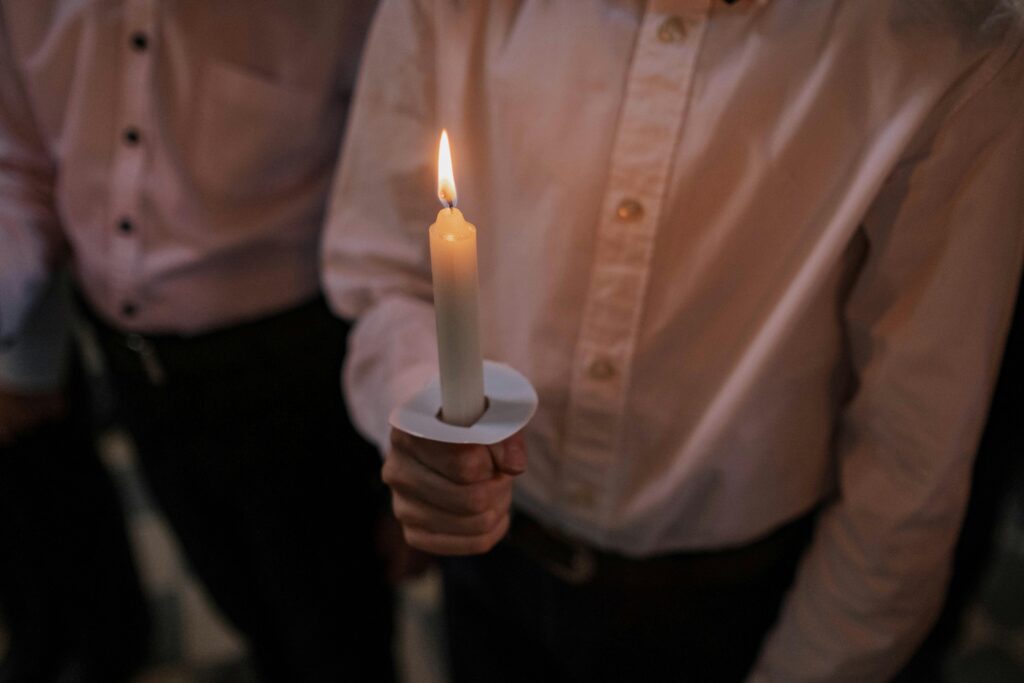The ninth commandment
Educate in faith. Fighting Impure Desires

Nacho Calderón Castro gives Exaudi readers this series of articles dedicated to the 10 commandments in the Educate in Faith series.
***
The ninth commandment has the particularity that it comes not only from the decalogue, extracted from the same verse as the tenth, that is, from Exodus, 20. 17. but also directly from the Gospel: “he who looks at a woman lustfully has already committed with her adultery in his heart” (Mt. 5, 28).
You can say higher, but not clearer.
I have always linked it to the episode that only appears in the Gospel of Saint John, “Master, this woman has been caught in flagrant adultery” (Jn, 8,4), “he who has no sin, let him cast the first stone” (Jn, 8, 7). Let us remember that only men were authorized to participate in a stoning, so Jesus at that moment was surrounded by men and said to them “he who has no sin” referring to an adulteress. He knew that, at least in his heart, everyone had sinned, since for men (males) looks of desire are something we usually have to fight against. I’m not a woman, so I can’t speak for them.
The most beautiful thing about this commandment is that it says, “You shall not indulge impure thoughts or desires.” The Church already knows that we are going to have them, that when we come across an attractive woman, like a spring, like a reflection, we are going to desire her, what the commandment requires of us is “do not consent to it”, do not gloat.
We are human and, therefore, we are animals (how many insist on denying it!), but because we are human we can be above instincts. The more we master them, the more human we become.
We are animals, and we can communicate with grunts, exclamations and with our hands, but the more we use spoken language, the more we use human faculties. A person with great creativity, whom I had the honor of meeting and with whom I shared some works, Jaime Buhigas, said that “the most human form of language is poetry, because it is its highest form.” We can easily accept these demands for humanization, for elevating ourselves, when we refer them to higher functions, but there are those who find it very difficult to be asked to rise above their instincts.
There are also those who believe that “having impure thoughts and desires” is not bad, since “you do no harm to anyone.” We return to the reduction of the human being to external behavior, ignoring that thought is also behavior.
For me, it is a matter of respect. Thinking about my children, I would be very upset to know that someone, upon seeing them, desires them in a solely carnal way, in a certain way it is a desire that does not involve the passive subject of desire, it is clearly a use: I desire you, but without you.
Impure desires are a clear way to “objectify” a person. I don’t care about you as a person, I don’t care who you are, or what you need, or what you think, or your emotions, or your feelings, I just want to enjoy you, even if it’s without physically touching you.
It is true that limiting yourself to thought is not the same as taking action. Indeed. Wishing death on someone is not the same as murdering them. Undressing a person with our gaze and mentally reveling in an entire sexual act with them is not the same as doing so, but in any case God, who as a Father wants the best for us, and wants all of our conduct, not just our external, but also the internal one is directed to everything that brings us good.
Let’s put the precept positively: Consent to those thoughts and desires that, if you could carry them out, would bring good to you and to others. Consent those thoughts that anyone who knew them would rejoice. Acknowledge those thoughts that you can share openly.
 (EN)
(EN)
 (ES)
(ES)
 (IT)
(IT)





